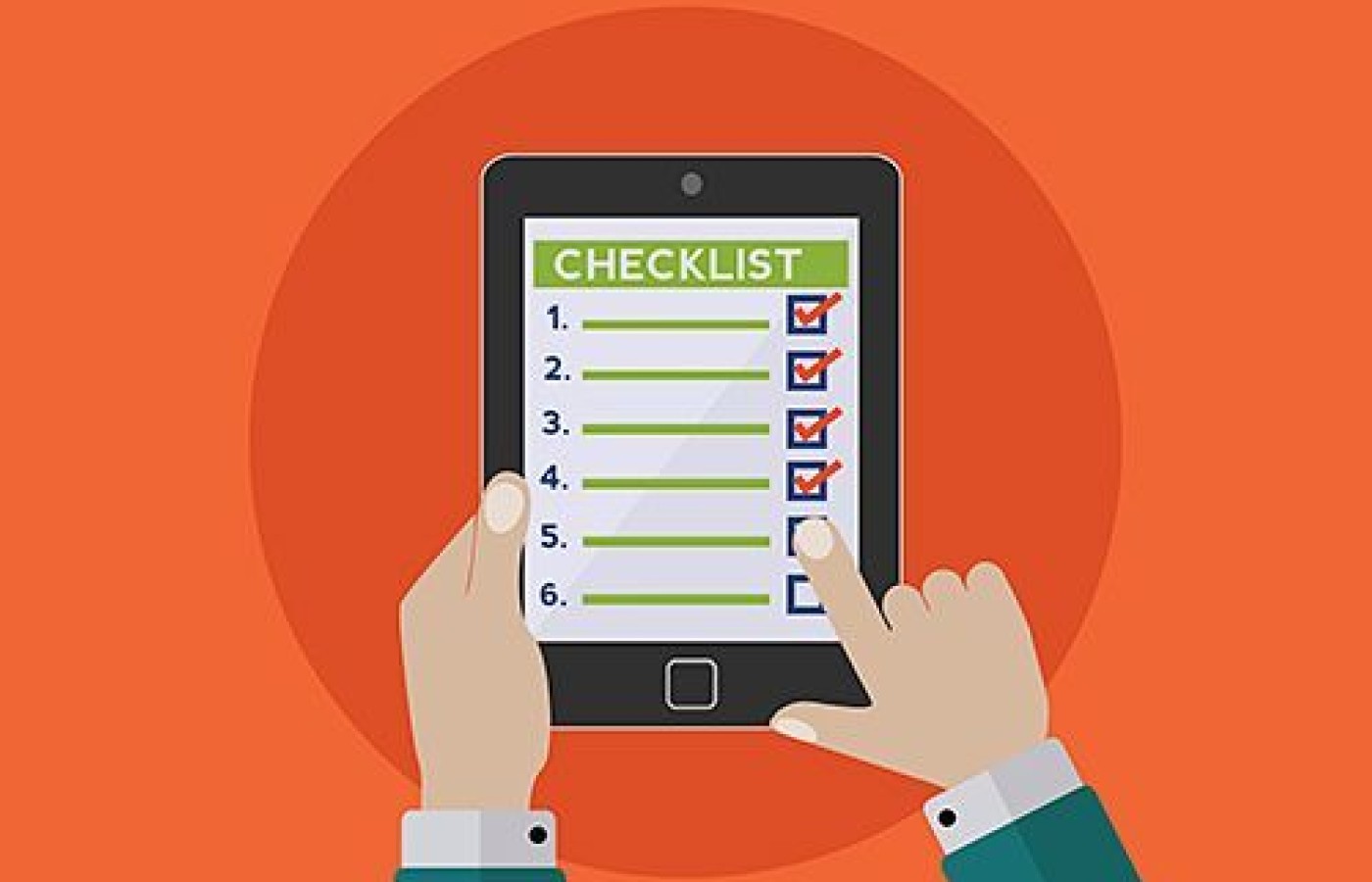It is estimated that 61% of patients with CTS avoid taking surgical options due to postoperative complications and costly surgical procedures. Chiropractic care offers a comprehensive and effective treatment for carpal tunnel syndrome, addressing the condition from multiple angles. Recent studies also have unveiled a game-changing adjunct to chiropractic treatments for CTS: nerve flossing.
Patient Compliance: 10 Tips
I don't have to tell you chiropractic delivers results, but the truth, doctor, is the adjustment is not enough. Even if your patient comes in for weekly adjustments, the fact remains that 99.999999 percent of the patient's life is spent outside your office. It's up to the patient to support their adjustments off the table, and it's up to you, the doctor, to show them how.
Compliance present a challenge for health care professionals prescribing rehab.1 While some patients are more inherently motivated than others to get better, your role as an educator and communicator is key to what happens once they leave the office.
"The inability of the chiropractor to provide clear, concise and meaningful information regarding a home-based exercise prescription exemplifies the communicative barrier. Employing proper counseling techniques [is] important in attaining patient compliance," Milroy and O'Neil report. Further, "chiropractors must share knowledge that empowers patients to be intrinsically motivated. This motivation comes from within and ensures that our patients develop a genuine, internal interest to improve their health."1 [Emphasis added]
Here are 10 tips to get your patients more motivated and compliant – which will lead to better outcomes and income for your practice.
1. Keep It Simple
Don't take it personally, but most patients don't want to hear about "recurring subluxations" or "neurological deficits." Avoid overly clinical language and use clear, everyday metaphors to illustrate your points: "The spine is the body's 'command central' (that's why it's so important to keep it aligned and healthy)"; "The feet are the body's foundation; if the body's foundation is imbalanced, pain and problems will appear elsewhere in the body, just like the cracks in the walls of a house"; "If you wear out your body, where are you going to live?"

All these truisms are easy for patients to remember and understand. When they understand, they'll follow through.2
2. The Educator's Environment
Every aspect of the patient experience is an opportunity to educate or reinforce ideas central to your care. The posters on your walls. The before-and-after X-rays you display. The marketing materials and brochures in your waiting room. The email signature used by you and your staff. Pictures and graphics help you educate and report your findings in ways that patients "get."2 Even your intake forms and reports of findings should be considered.
Are you using every tool at your disposal to explain the "why"? Make this an agenda item during every staff meeting to get your staff talking and thinking about it.
3. Tools of the Trade
Patients notice if you are up on current technology, and TENS units, cold laser therapy, hydrotherapy, digital foot scanners and other innovations enrich the patient experience.
Technology offers the "wow" factor, which gets your patients more intellectually and emotionally engaged in their overall chiropractic experience.
4. Action + Context
When patients are overwhelmed, they are less likely to follow your care instructions. Less is more. Focus on one new habit at a time, repeating a specific action within a specific context; for example, drink a glass of water (action) every day at breakfast (context).3 When it comes to rehab, ask the patient to do only one (or at most two) exercises initially, and then add more (if needed) after a few weeks.
5. Guided Practice
Demonstrate, then watch and correct your patient's new behavior. When you spend time showing and guiding them through it, they realize how important (and attainable) it is.
If you're recommending a hip flexor stretch, be sure to show them how and then have them do it with you, to ensure they understand. The same with neck stretches – no matter how simple. (Ideally, send them home with a worksheet or email a follow-up with links to videos on YouTube. Arm your patients for success!)
Show them how to insert their new orthotics in their shoes, and how to take them out at night for airing. And don't just talk about good posture; have them practice it in front of you while you gently critique and guide their neck and shoulders while sitting or standing.
These may seem like "no brainers," but watching a professional (that's you!) perform the action helps reassure patients on conscious and subconscious levels. The confident patient is much more likely to comply.
6. Everyday Schedule
At the same time, consistency helps to ensure success. Tell your patients to "do the exercises / take the supplement / wear their orthotics every day." Popular wisdom says it takes 40 days to form a habit (although a study published in the European Journal of Social Psychology put the number at 66 days).4 Either way, we know consistency is critical. Stress this with your patients.
7. Flexibility Is Key
Don't let your patients get away with the "I'm too busy" excuse. Little changes add up to big changes. Encourage them to get in extra steps by taking the stairs at the mall or parking at the far end of the parking lot. When it comes to rehab, let them know that any time of day is the right time to perform their prescribed exercise; what's most important is getting them done.
Encourage patients to exercise whenever it works for them. Anyone can squeeze 15 to 45 minutes into their day (depending on their goal).
8. Family Ties
Engage the patient's entire family, if possible. A second person (spouse or parent) accompanying the patient when your recommendations are given lead to reminders and encouragement. This is especially true of elderly patients.5
9. Monitor Regularly
As an integral part of their care, suggest patients keep dairies or logs. They can "give themselves credit" each time (day / week, etc.) they are successful. They need to bring the diaries with them to every adjustment, so you know how things are going. Praise them if they keep on schedule.
10. Reward
You may say health is its own reward (and it is!), but sometimes people need that extra "push." Consider implementing a reward system. Each time a patient turns in their exercise / nutrition log, enter them into a quarterly drawing. The patient who loses the most weight in a quarter gets prize X. You'll be surprised how a little competition can get your patients excited!
If we are to set ourselves apart from the allopathic medical practitioner, we need to be truly holistic, treating multiple aspects of the body and lifestyle to reach true healing and sustained health. That means the bulk of the chiropractor's "work" must be done by the patient – it's your job to show them how, and keep them motivated and accountable along the way.
References
- Zeng-Treitler Q, et al. Improving patient comprehension and recall of discharge instructions by supplementing free texts with pictographs. AMIA Annual Symposium Proceedings, 2008;2008:849-853.
- Milroy P, O'Neil G. Factors affecting compliance to chiropractic prescribed home exercise: a review of the literature. J Canadian Chiro Assoc, 2000;44(3):141-148.
- Gardner B, et al. Making health habitual: the psychology of "habit-formation" and general practice. British J General Pract, 2012;62(605):664-666.
- Lally P, et al. How are habits are formed: modelling habit formation in the real world. Eur J Soc Psychol, 2010;40:998-1009.
- Jin J, et al. Factors affecting therapeutic compliance: a review from the patient's perspective. Therapeutics & Clin Risk Management, 2008;4(1):269-286.



